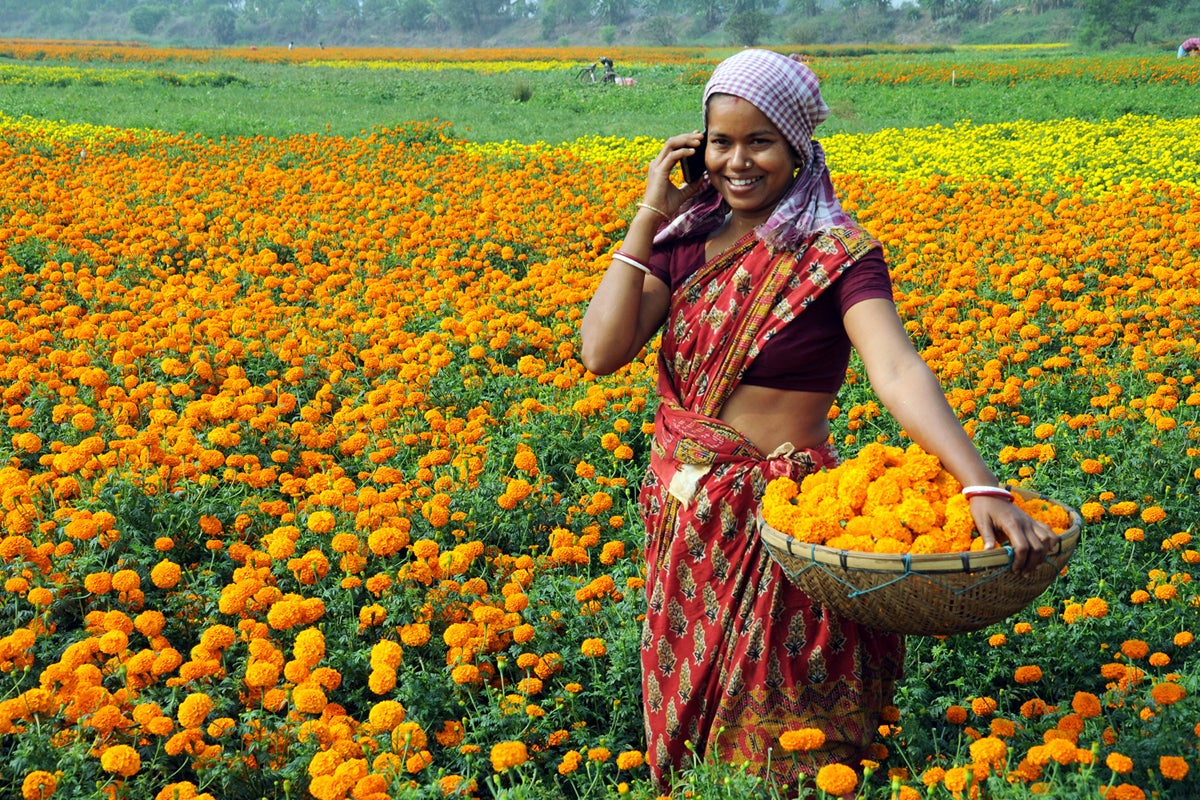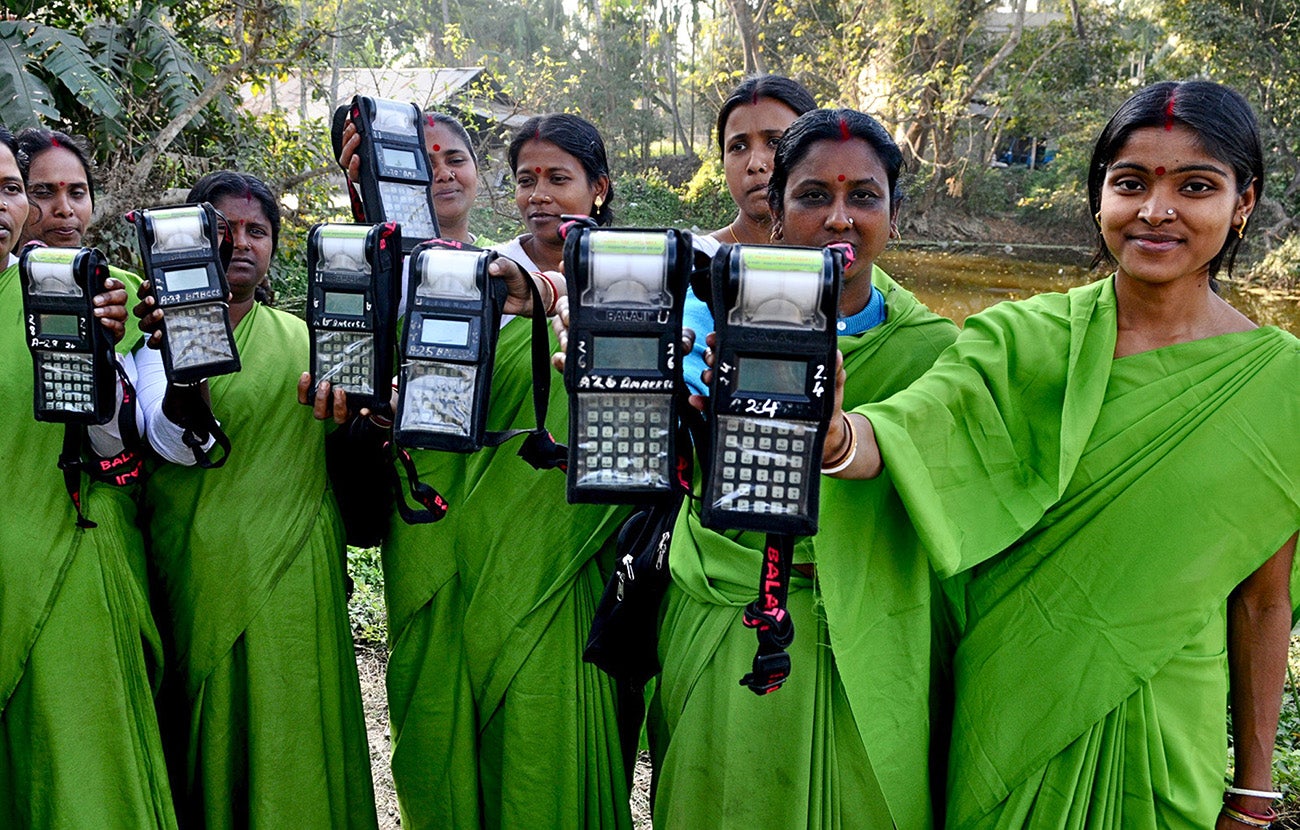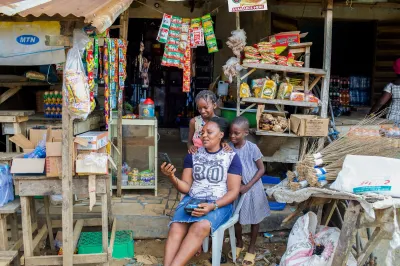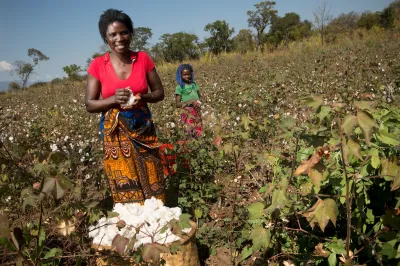4 Regulatory Enablers for Digital Finance: A Gender Perspective
Digital financial services (DFS) have played a major role in increasing people’s access to financial accounts globally, but access to these services has been uneven for men and women. According to Findex, between 2014 and 2017 women’s mobile money account ownership rates jumped from 8 to 15 percent in low-income countries. Yet men’s ownership grew even more, from 12 to 21 percent. To highlight some of the starkest inequalities: In Burkina Faso, where 33 percent of adults currently have a mobile money account, the gender gap is 18 percentage points. And in Bangladesh, where 21 percent of adults own a mobile money account, the gender gap is 22 percentage points.

Policy is an important lever for addressing these growing inequalities, and . In May 2018, CGAP published a report that describes four basic regulatory enablers of DFS that have guided our in-country policy work across Africa and Asia over the past 10 years. Below are some of the important ways these enablers can improve women’s access to and use of DFS when implemented through a gender lens. Unless policies consider gender, we risk leaving behind the most vulnerable in society, particularly women, limiting our ability to achieve the SDGs.
Enabler 1: Nonbank e-money issuance
The first enabler — diversifying DFS ecosystems by allowing nonbanks to issue e-money — has already brought many women aboard. About 80 percent of women in developing countries own a mobile phone. Nonbanks like FinTechs and mobile network operators with large female customer bases often market DFS to women and others who are underserved or excluded by banks. Expanding e-money issuance to more of these nonbanks will make it possible for many more women to own financial accounts. In Côte d’Ivoire, which has allowed nonbanks to issue e-money since 2006, women are now more likely to own a mobile money account than a bank account.
Enabler 2: Use of agents
The second enabler aims to expand outreach of all DFS providers by responsibly allowing them to use a wide range of third-party agents — for example, retail shops — to facilitate customers’ access to and use of DFS. This enabler can create employment opportunities for women to serve as agents and bring greater financial inclusion. Zoona’s Girl Effect pipeline, for example, has set up an award-winning training program to help more female high school graduates become Zoona tellers, kiosk owners and community leaders.

Women agents can also benefit financial services providers (FSPs), as they have strong potential to boost providers’ performance. An IFC study across nine African countries showed that women agents were significantly more successful than male agents, with both higher volume and value of transactions. Increasing the number of women agents could attract more female clients due to social norms and safety concerns that women may have about interacting with male agents. In Bangladesh, IFC surveys found that although 52 percent of women customers preferred female agents, 97 percent were using male agents due to female agent scarcity. Women who visited female agents reported a higher median number of transactions than those who visited male agents.
To expand the number of women in agent networks, development practitioners should focus on building the business case for women agents, starting by understanding key capital and training constraints faced by the types of businesses women are likely to own in many developing countries, such as hair salons and food stalls. Governments should develop regulation that balances safety and inclusion when determining who is eligible to become an agent.
Enabler 3: Risk-based customer due diligence
The third enabler is proportionate risk-based customer due diligence (CDD). People with low incomes, especially women, often lack access to an official identification document. Traditional CDD requirements that do not consider these constraints deeply affect whether women are able to access formal financial services. In Togo, where 62 percent of women and 47 percent of men lack an account, 30 percent of financially excluded people cite lack of identification as one of the reasons they do not have an account, according to the 2017 Findex. Regulation that allows for simplified CDD in lower-risk scenarios and recognizes the types of identification documents that women typically have should help to bring more women into the financial system.
Enabler 4: Consumer protection
A strong provider commitment to customer protection is important for a healthy, inclusive market in which women trust financial services providers. Women often feel sidelined and discriminated against by formal financial institutions, and they have lower rates of digital and financial literacy. MNO Tigo Ghana found that women usually require 5 to 10 interactions before they feel confident enough to use its mobile money service and initiate transactions, whereas men require just 3 to 5. Moving away from lengthy forms toward more behaviorally informed disclosure practices is one way to help women access and more effectively use DFS. In Kenya, improved mobile disclosure for digital credit reduced delinquency rates.
Data protection is also becoming a key factor shaping DFS access and use, especially by women. CGAP’s research in India has revealed many instances in which women rely on male family members and more educated people for advice on how to protect their personal data, such as photos and social media messages. Moving forward, it will be important to obtain more insights on effective data privacy and protection approaches that contribute to responsible financial inclusion of women.
Simply focusing on one enabler will be insufficient. Policy makers are already convinced of the case for financially including women. The challenge now is working together to achieve it.




Add new comment